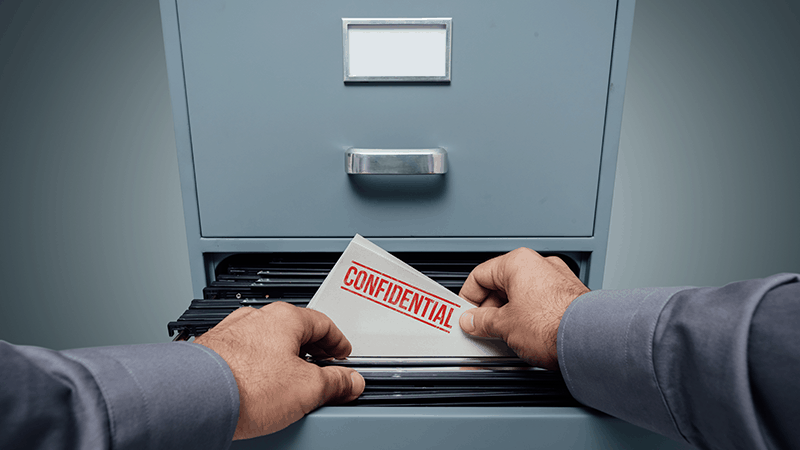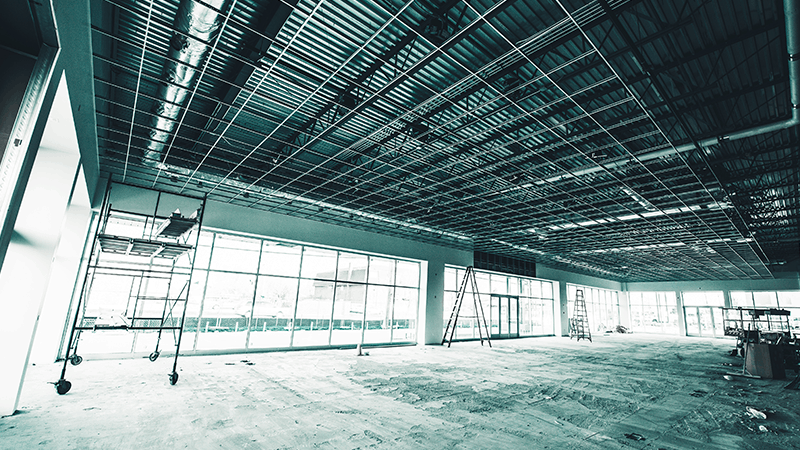Introduction
One of life’s great unanswered questions:
Should VAT be included in rebuild costs?
Are we alone in the universe? Who shot JFK? Is time travel possible? Why do flammable and inflammable mean the same thing? And how come you never see the headline ‘Psychic Wins Lottery’?

These are just some of life’s great unanswered questions, and in the insurance world, there is another. That question is: Should VAT be included when calculating the rebuild cost of a property?
It is an important question. After all, the consequences of inaccurate sums insured can be significant for policyholders, brokers and insurers. Like most unanswered questions, it can also be a complicated one. In fact, the best answer to ‘Should VAT be included when calculating the rebuild cost of a property?’ is… well, it depends!
Unfortunately, VAT on rebuild costs is one of those where either “yes you should” or “no you shouldn’t” simply does not apply. It depends entirely on the situation and circumstances.
Within this White Paper, we present a short series of examples, which we hope will help you gain some understanding of VAT on rebuild costs…
Example One:
Commercial Property
Description:
A commercial property owned by a business, which is VAT registered and the business uses the entire property to generate taxable income i.e. income subject to one of the three rates of VAT – the standard rate of 20%, the reduced rate of 5% or the zero rate.

The property has a rebuild value of:
£1,000,000 excluding VAT
and
£1,200,000 including VAT
Recommendation:
If the property is partially or completely destroyed and has to be rebuilt, the property should be insured for £1,000,000 as the business will be able to reclaim the £200,000 VAT on top of the £1,000,000.
In circumstances where a VAT registered business uses or will use, the property partially to generate taxable income, for example, one floor of a 2 storey building, the other storey being rented out without exercising the option to tax (making the rents exempt from VAT), the VAT on the rebuild cost would only be partially recoverable.
In this example, it would probably be fair to claim 50% of the VAT and, therefore, the building should be insured for £1,100,000.
Example Two:
Commercial Property (Private Capacity)
Description:
A commercial property owned in a private capacity (for example by an individual, director, pension fund or trustee) who is not VAT registered. The property has a rebuild value of:
£1,000,000 excluding VAT
and
£1,200,000 including VAT

Recommendation:
If the property is partially or completely destroyed and has to be rebuilt, the property should be insured for £1,200,000 as the owner will be unable to reclaim the VAT.
Example Three:
Commercial Property (Landlord)
Description:
A commercial property owned by a ‘landlord’ who is VAT registered and has opted to tax the building, meaning he must add VAT at 20% to the rent.

The property has a rebuild value of:
£1,000,000 excluding VAT
and
£1,200,000 including VAT
Recommendation:
If the property is partially or completely destroyed and has to be rebuilt, the property should be insured for £1,000,000 as the landlord will be able to reclaim the VAT.
Note: Some landlords can still be VAT registered, but may NOT opt to tax the building or buildings they rent out. In such cases, the rents will be exempt from the VAT and therefore the VAT on associated costs would not be reclaimable. In this scenario, the property should be insured for £1,200,000.
Example Four:
Household Property
In general, when it comes to residential properties, VAT is not applied to a new build property or to a 100% rebuild of a property, as they are zero-rated.



